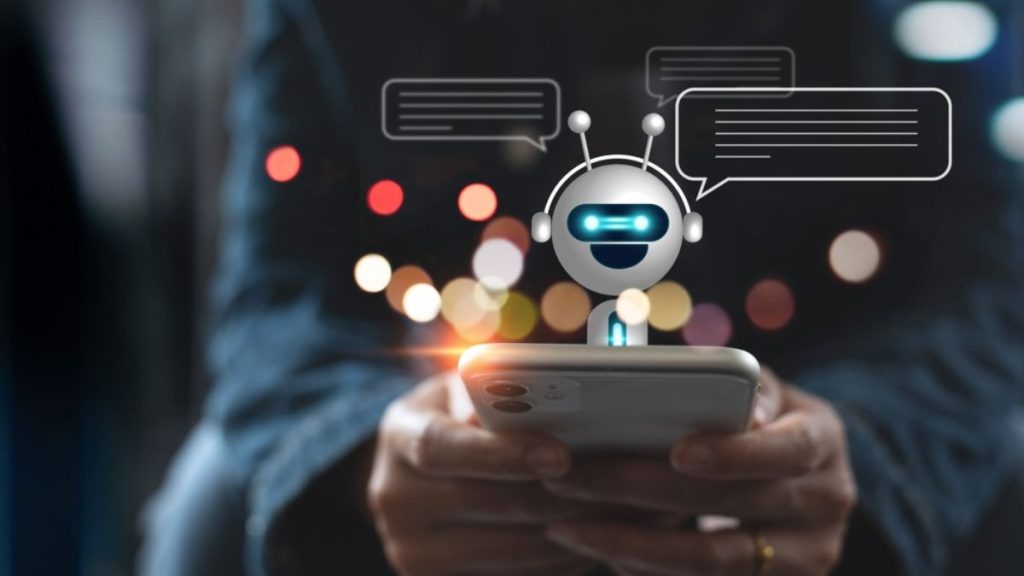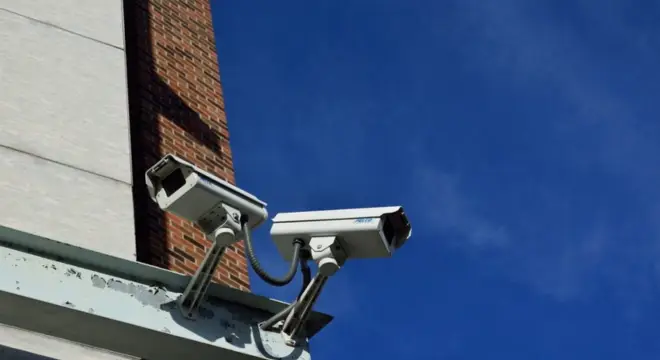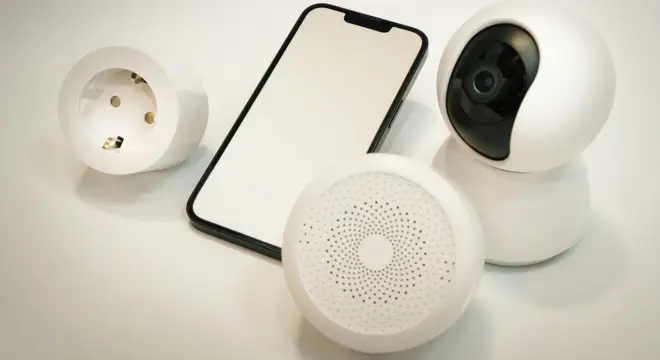How Chatbots Are Reshaping Governments and Businesses in the Age of AI
Artificial Intelligence (AI) is no longer a distant vision—it has firmly rooted itself into everyday experiences. Among its many innovations, chatbots have risen to become one of the most widespread and practical applications.
Whether assisting customers on websites or guiding citizens through government services, chatbots are changing how we interact with institutions. Their ability to provide instant responses, simplify processes, and offer continuous support is making them an indispensable part of both the public and private sectors.
Governments and Businesses: The Growing Use of Chatbots
In the race towards digital transformation, both governments and businesses are turning to chatbots as powerful tools for enhancing engagement and efficiency. Public sector agencies are now using chatbots to assist citizens with everyday tasks such as renewing licenses, booking appointments, and answering frequently asked questions. By automating these services, governments are able to serve more people, faster and more consistently.
Similarly, businesses are leveraging chatbots to offer round-the-clock customer service, helping users solve issues without the need to wait for human representatives. This shift not only reduces operational costs but also improves overall customer satisfaction.
As highlighted by StateTech Magazine, chatbots remain among the top use cases for AI adoption across industries, even as challenges like workforce training shortages persist.
Challenges in AI Adoption: Training and Talent Shortage
Despite their growing popularity, the path to successful chatbot integration is not without hurdles. One of the primary challenges is the shortage of skilled AI talent. Developing, deploying, and maintaining intelligent chatbot systems requires specialized expertise—something many smaller organizations, especially in the public sector, find hard to access.
Without proper training programs and skilled professionals, chatbot initiatives often fall short of their full potential. This gap highlights an urgent need for educational institutions and employers alike to prioritize AI skill development.
As chatbots continue to evolve, only those organizations that invest in building strong AI capabilities will be able to keep pace with rising expectations from citizens and customers.
The Future of Chatbots in the Public Sector

As AI technology advances, the role of chatbots in the public sector is set to expand dramatically. Future government chatbots will not just answer routine questions but will handle more complex tasks like filing claims, processing permits, and even providing personalized policy guidance.
The integration of natural language processing (NLP) and multilingual capabilities will ensure that services are accessible to a diverse range of citizens, regardless of language barriers.
Moreover, voice-enabled chatbots are expected to rise, allowing people to interact with government services through smart speakers and mobile assistants. This move towards conversational AI will make digital interactions more natural and user-friendly, leading to higher citizen satisfaction and increased trust in public institutions.
For governments, investing in more sophisticated chatbots isn’t just a technological upgrade—it’s a step toward becoming more transparent, inclusive, and efficient.
Check out this guide to see how cybercriminals use AI to threaten your home: AI-Powered Scams: How Cybercriminals Are Targeting Your Home Security
Impact on Citizen Services
The real value of chatbots lies in their ability to transform citizen experiences. With the deployment of AI-driven chatbots, citizens no longer have to navigate complex websites, wait in long call queues, or schedule visits to government offices. Instead, help is available instantly, often within seconds, at any time of day or night.
This round-the-clock support enhances accessibility, particularly for people with disabilities, those living in remote areas, or individuals who might find traditional channels challenging. Additionally, chatbots can simplify bureaucratic language, presenting information in easy-to-understand formats and guiding users step-by-step through complicated procedures.
By minimizing frustration and improving communication, governments can foster stronger relationships with the people they serve.
How Homeowners Can Leverage Similar Technology for Home Security?

Just as governments and businesses are embracing chatbots to streamline services, homeowners can apply similar AI technologies to boost their home security. Today, smart home assistants work much like chatbots, allowing users to control locks, alarms, and cameras with simple voice commands.
Some systems even use AI to recognize unusual behavior—like a door opening unexpectedly—and send instant alerts to homeowners.
By integrating chatbot-like features into security devices, families can enjoy real-time updates, automated emergency calls, and better overall peace of mind. This approach not only makes homes safer but also smarter, adapting to the specific routines and needs of the residents.
Our Suggestion for Better Home Security
If you’re looking to strengthen your home’s defenses, investing in AI-powered security systems is a smart move. Consider installing smart locks that can communicate through mobile apps, security cameras with real-time alert features, and alarm systems capable of chatting directly with emergency services.
Choosing devices that offer AI-driven monitoring ensures that even when you’re away, your home stays protected.
Additionally, regular software updates are crucial. Keeping your smart devices up to date helps close security loopholes and protects your system from new types of cyber threats. By adopting these technologies thoughtfully, homeowners can create a secure environment that matches the efficiency and innovation seen in today’s AI-powered governments and businesses.
Conclusion
The rise of chatbots across governments and businesses marks a new chapter in how services are delivered—faster, smarter, and more accessible than ever before. Yet, for all their benefits, successful chatbot integration depends heavily on investing in AI training, addressing talent shortages, and designing systems that truly serve users’ needs.
At the same time, individuals can take inspiration from this shift by using AI-driven technology to secure their homes and daily lives. Whether improving citizen services or enhancing personal security, embracing smart automation is no longer just an option—it’s quickly becoming a necessity for a safer, more efficient future.
Stay ahead of the curve by exploring how AI and chatbots can enhance not only business operations but also your personal security. Want more insights on the latest trends in AI? Visit our website for expert articles, guides, and updates on the evolving world of technology.
Disclaimer: The information provided in this article is based on the latest trends and data available. While we strive to offer accurate and up-to-date content, please consult with experts or conduct further research for specific applications. We are not responsible for any decisions made based on the information provided here.


